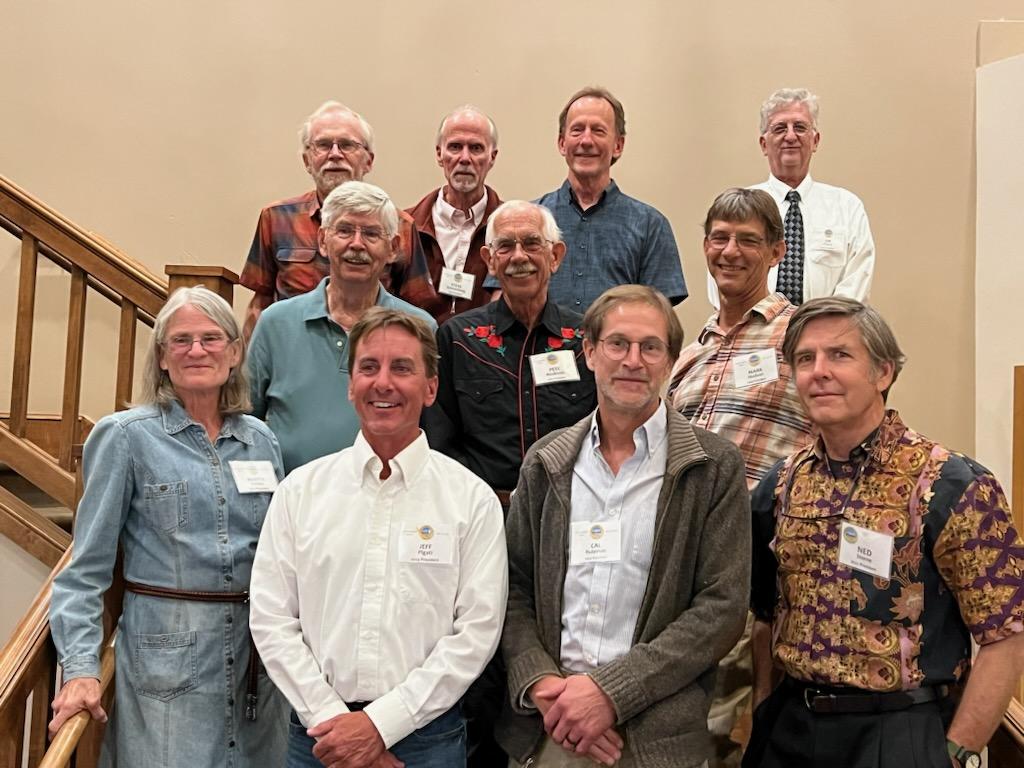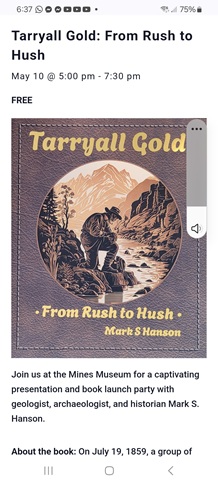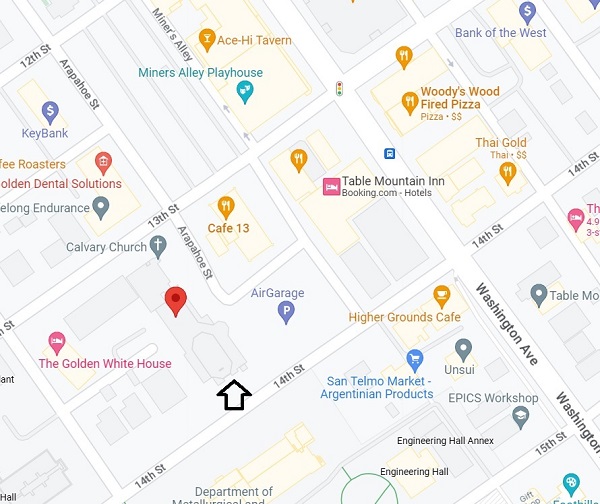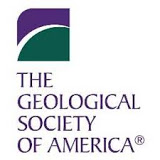Colorado Scientific Society – Earth Sciences since 1882
The oldest scientific society in the Rocky Mountain region
Founded in 1882, the Colorado Scientific Society promotes knowledge, the understanding of science, and its application to human needs.
We focus primarily on earth science, welcoming members with interests in all fields of science. Learn more.

from bottom left: Marith Reheis 2017, Jeff Pigati 2024, Cal Ruleman 2023, Ned Sterne 2021, Bill Nesse 2007, Pete Modreski 2012, Mark Hudson 2000, Karl Kellogg 1997, Steve Sonnenberg 1992, Scott Minor 2010, Jim Paces 2020

Membership dues paid in November and December also apply to the following year.
Future Colorado Scientific Society Meetings and Field Trips
We normally hold monthly meetings from September through May.
Our meetings are normally now both in-person and virtual.
Past Presidents’ Dinner
Tarryall Valley: Gold, Glaciers, and Giants
Thursday, September 18, 2025
Mark Hanson
Mark Hanson is a geologist, historian, and author of the upcoming book Tarryall Gold: From Rush to Hush. He profiles the miners, mines, cabins, and their resulting patina on today’s Tarryall Valley. A resident and owner of several patented gold claims, Mark peels back 160 years of rust and reforestation to reveal a time capsule showcasing yesterday’s rush, and today’s hush.

South Park Overnight trip
Saturday and Sunday, September 20-21, 2025
Cal Ruleman, Peyton Jackson, Peter Barkmann, and Ned Sterne will lead this trip.
People can camp at Peyton’s ranch, near Hartsel on Saturday Night.
More details will be provided as they are available.
CSS October Meeting – Details to come
Thursday, October 16, 2025
Joel Gratz, Open Snow
Open Snow is a weather forecasting and snow conditions information service.
In-person Meeting at Golden Calvary Church
All are welcome – no admission charge
6:30 pm – Social time begins at Golden Calvary Episcopal Church. Enter off 14th St.
6:45 pm – Join Zoom meeting, if attending remotely
7:00 PM – Meeting starts.
Please arrive early. Church doors are locked, and no one will be at the door to let you in after 7:00 pm.

1320 Arapahoe St, Golden, CO 80401
Click on link to open a Google map.
Enter off 14th St., going in via the main glass doors on 14th St.
Do not enter the old church above 13th St.
Go through building following the CSS signs to the Community Rooms 1 and 2, where we meet.
The church doors must stay locked, and we will have a person to let you in at the doors off 14th st.
They want to see the presentation too, so please arrive before 7:00 pm.
There will be a phone number that you can text to be let in if you arrive late.
Parking On street parking is available close by, west of Washington Ave in downtown Golden.
The AirGarage parking structure, which can be entered from Arapahoe St., is $3.00 for three hours.
Copies of The Geology of Boulder County by Raymond Bridge (2004) will be available for $20.
CSS November Meeting – Posters and Lightning Talks by Early Career and Student Earth Scientists
Thursday, November 20, 2025
CSS December Potluck, Business Meeting, and 2025 President’s Address
Whiskeytown boulder sampling to elucidate wildfire history and role in debris flows using luminescence
Tuesday, December 9 (?), 2025
Shannon Mahan, U. S. Geological Survey
Please pay your CSS dues for 2025!
You may pay dues online or print out a PDF of the membership form and mail it to us with a check. Continuing your membership in CSS will enable us to continue all our ongoing programs, including our field trips, virtual meetings, Student Research Grants, and more.
See Membership and Donations for the CSS membership PDF and our online membership payment form.
Regular CSS Membership is $25;
Student Membership, $5;
Life Membership, $395.
Send your membership payment, if not done through our online membership payment form, to Colorado Scientific Society P.O. Box 150495 Lakewood, CO 80215-0495.
Thank you!
New and renewal memberships in November and December are also good for the next year.
Read past Colorado Scientific Society Newsletters
Archive of Past Colorado Scientific Society Meetings
Including video recordings of most meetings
About the Colorado Scientific Society
The Colorado Scientific Society was founded in 1882 as a forum for the exchange of observations and ideas on the topics of earth science. Lecture topics largely focus on earth science, and are open to the public. In addition to our monthly lecture series, the society is also active in public service. We fund student research grants, construct and post signs that describe local geologic features, and organize and lead field trips.
The Colorado Scientific Society normally meets on the third Thursday of the month from September through May. (In the summer months of June-August, too many members are out in the field.)
6:30 – Social time at in-person meetings
6:45 – Join Zoom meetings
7:00 – Meeting and Program begin
The Colorado Scientific Society is an Associated Society of the Geological Society of America
Please send comments about the Colorado Scientific Society website to ColoSciSoc.webmaster@gmail.com .
We meet at the Golden Calvary Church and appreciate them sharing their facilities.
We have our December Business Meeting and Potluck Supper at New Terrain Brewing Company and appreciate their support.
We appreciate the support for our website by Table Mountain Web Design.


